Education
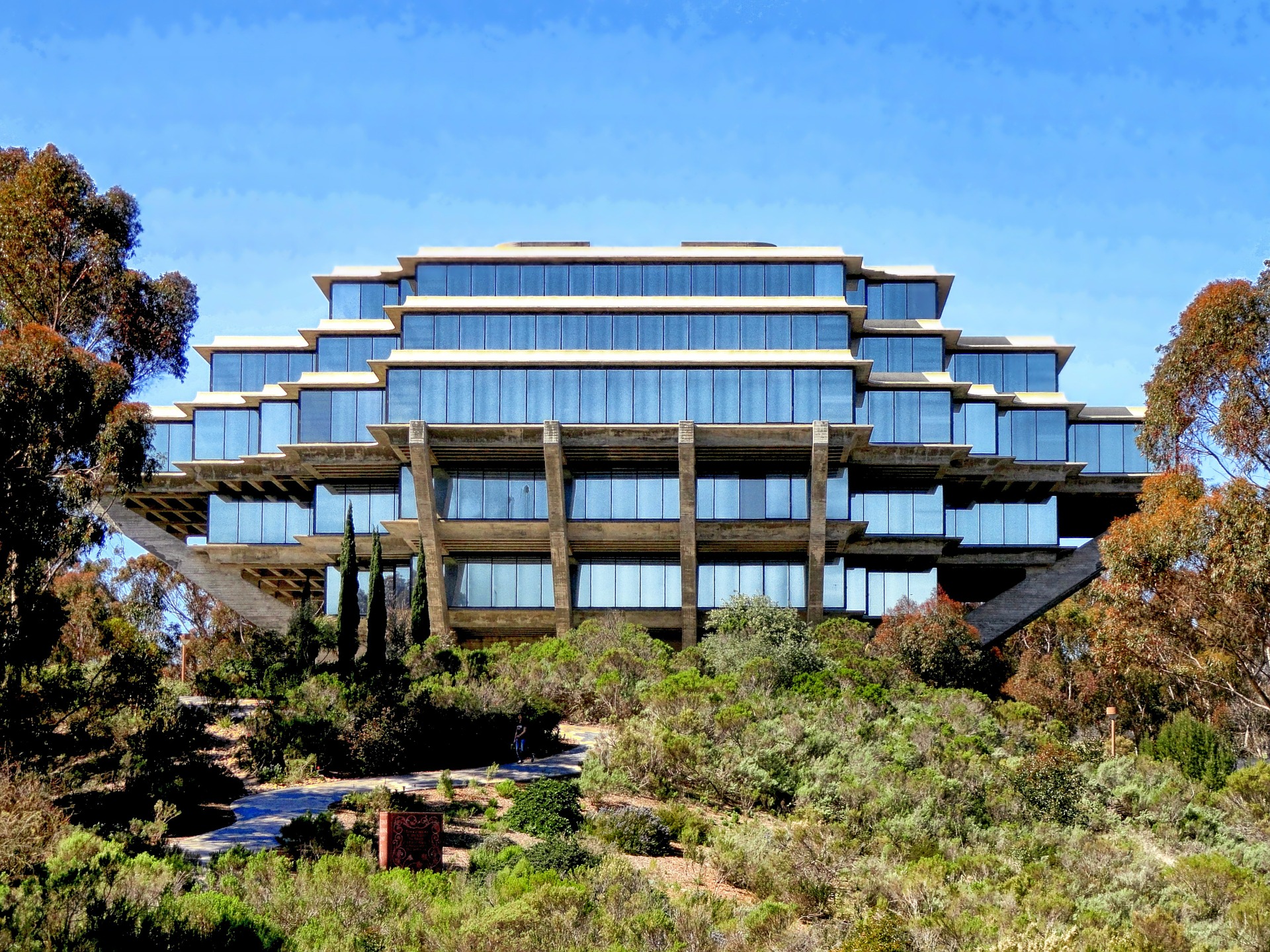
Data Science in Practice, Modeling and Data Analysis, Software Tools and Techniques Lab, Neural Networks and Deep Learning, Advanced Data Structures, Computer Organization and Systems Programming, Machine Learning, Mathematics for Algorithms and Systems
Experience
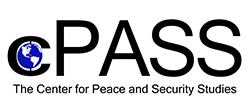
I work for the Machine Learning for Social Science Lab under cPASS, a lab specializing in using machine learning techniques to figure out the causes behind war and peace.
In the past, our team has worked on a project using weak supervision techniques, where I assisted in creating simple Regex rules for use in the weak supervision model.
Currently, we are working on a data-parsing package in Python.
I have used R's ggplot package to analyze and visualize data sets being used for this date-parsing package, documenting this data analysis into a slide deck to facilitate communication with other co-workers about these findings.
I have also used Python to explore and benchmark other similar packages in order to understand the landscape of competition.
Through arranging and managing biweekly meetings and collaborating our efforts into a slide deck, I have been able to maintain efficient intercommunication amongst co-workers and with our supervisors, organizing all progress into an easily accessible document.
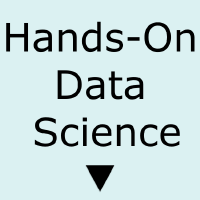
I was an Intructional Assistant for COGS 108, which was called Data Science in Practice, as well as COGS 109, Data Analysis and Modeling. These upper-division class educated students on data analysis and modeling practices, machine learning techniques, how to visualize data and communicate data analysis findings, and industry-standard practices.
As an Instructional Assistant, I led discussion sections aimed at teaching students about different data science and machine learning libraries in Python, including pandas, matplotlib, and scikit-learn. I also helped students with mathematical concepts behind common data modeling and machine learning techniques. My other responsibilities included grading coding assignments and the final project.
Afterwards, I received over a dozen evaluations from the students I helped during my sections, including two from the professors themselves. Overall, they appreciated my communication skills, preparedness for discussions, and willingess to answer questions and help in any way I could. All of the evaluations recommended me as an Instructional Assistant to other students, with over 85% strongly recommending me.
This was a great experience for me, as it not only sharpened my data science skills, but allowed me to help my peers in getting started in their data science journey.

I assisted in the development of the start-up's Android application, implementing UI changes and managing the Firebase database.
More specifically, I implemented the app's "reset password" functionality through Firebase, and programmed dynamic UI changes via button presses.

I conducted and designed online experiments, as well as analyze data sets using R and Python. I used jsPsych, a JavaScript package, to develop the online behavioral experiments.
My most recent project was developing an audio and visual based experiment using custom-implemented plugins that was featured at a 2018 international linguistics conference.
In the past, I have created a R script to merge .csv files from a webpage to reduce data analysis time for other lab members.
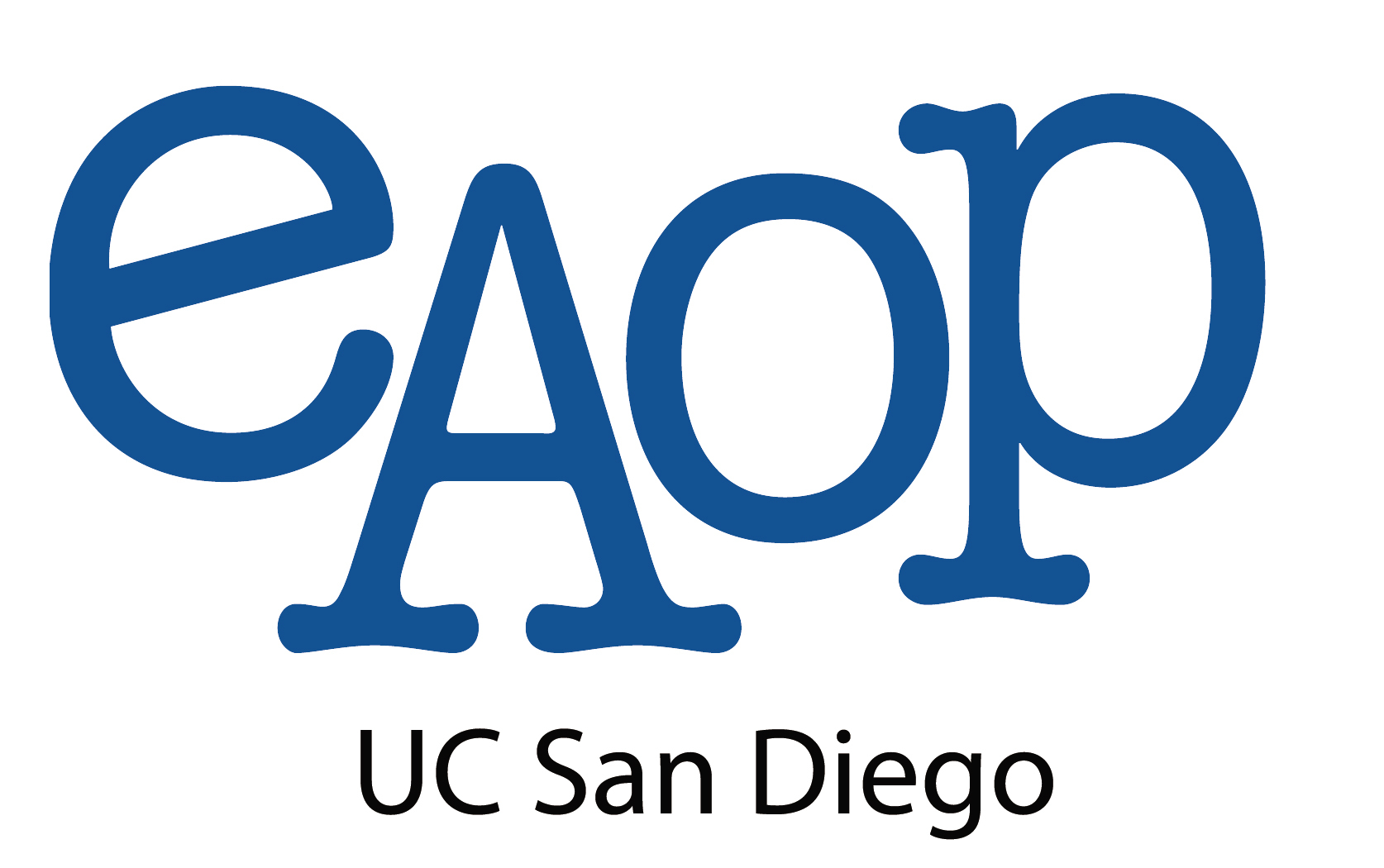
I tutored high school students of low financial backgrounds in Advanced Placement level mathematics.
I have also coordinated events aimed at encouraging such students to pursue a higher education.
One such event was Comienza con un Suena, where over 500 students from across San Diego came to UCSD to learn about college through several presentations. I helped plan and coordinate this event with other tutors and my supervisors.
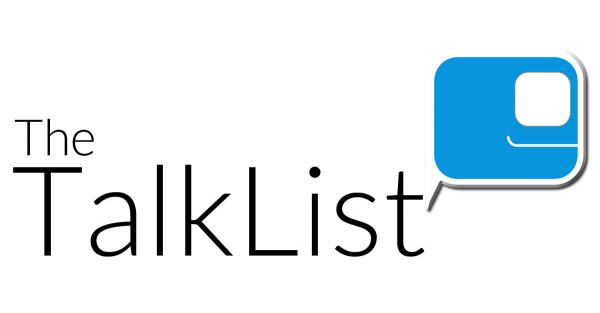
I collaborated with an international team to test, develop, and implement UI changes in their Android tutoring app. Every week, I helped report and solve over 10 bugs in each new APK. At the end, I was distinguished amongst my cohorts by receiving a personal compliment from the CEO himself, who recognized my communication and problem-solving skills in debugging the app.
Projects
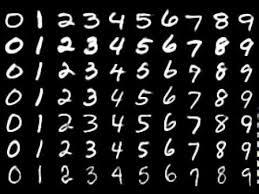
This is my submission for Kaggle's Digit Recognizer challenge. Using PyTorch to make implement a LeNet model and using torchvisions to apply data augmentation, I was able to rank in the top 49% of over 2,000 entries. I achieved a model accuracy of 98.785%, which ranked me in the top 10% of all submitted models in terms of accuracy. Here is my code on github.

This is my submission for Kaggle's Predicting Housing Prices challenge. Using ensembling techniques involving advanced regression models from packages including xgboost, LightGBM, and sklearn, and through thorough analysis of features, I have been able to rank in the top 30% of over 5,000 competition entries. Here is my code on github.

For extra credit on a school assignment, I implemented the A* algorithm from scratch in C++ on a self-implemented graph of cities with accurate coordinated within the United States. In order to make the navigation more realistic, I developed a Python script that would retrieve the geographical coordinates of a list of cities within a file using OpenCage's geocoder, replacing the arbitrary coordinated presented in the initial dataset.

As part of a school assignment, I implemented Kruskal's algorithm on a self-implemented Up-Tree in C++ on a self-implemented graph of over 400,000 actors and 290,000 movies to find the minimum spanning tree of actors using the most recent movies. I also implemented Dijkstra's algorithm to get the shortest weighted path between two actors in this graph, using movies as edges and a movie's release year as its weight. I also used the GoogleTest framework for unit-testing, the meson build system for building and compiling my C++ code, and Docker for my development environment.

In my first ever Kaggle Data Science and Machine Learning competition, I began my practice of techniques such as missing value imputation, data visualization, exploratory data analysis, and ensemble methods using classification models such as decision trees and logistic regression models. Afterward, I ranked in the top 64% of almost 16,000 leaderboard entries. Here is my code on github.
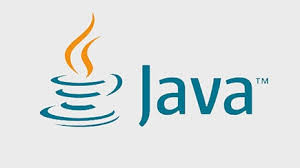
As one of my first software development projects, I developed a clone of the popular tile game 2048 in Java for a school project. During development, I used test-driven techniques with JUnit, which allowed me to finish my project faster. This, in turn, allowed me to customize the GUI using JavaFX and make my game clone unique with different tile shapes and colors.
Organizations

I am responsible for engaging the UCSD Cognitive Science Community through professional and academic development events as well as networking events.
More specifically, I contact notable UCSD Cognitive Science faculty and graduate students, as well as other distinguished members and businesses, and arrange events where they can speak to undergraduates about their research, experiences, and the future of Cognitive Science.
Accomplishments
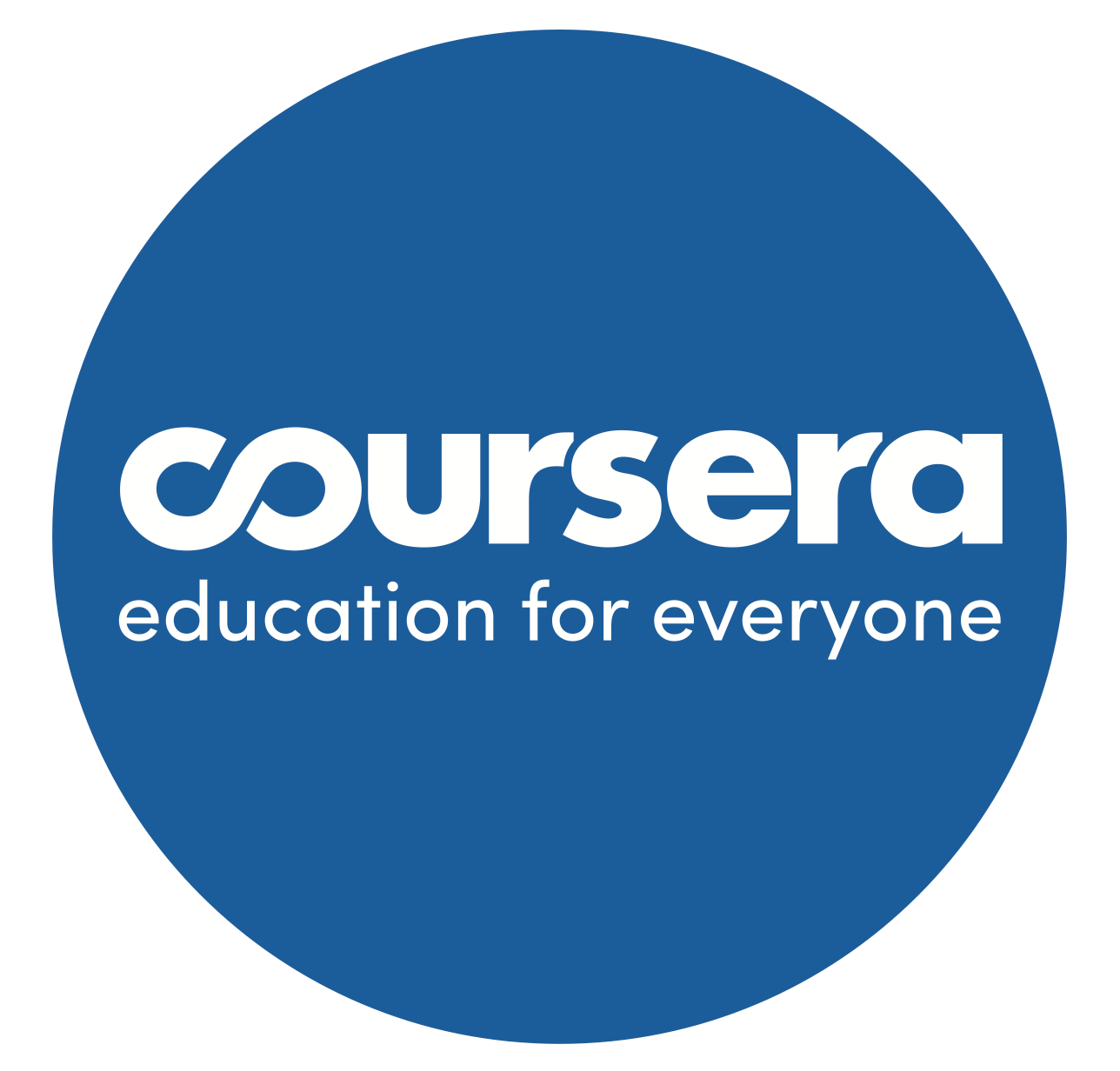
This certificate shows that I have experience in fundamental Python programming techniques, data science libraries such as numpy and pandas, and basic data science practices such as data manipulation, cleaning, and analysis.

This course taught me how to code in R, and how to use it effectively for data analysis. This includes basic programming, reading in data, accessing R packages, writing R functions, and debugging R code.

After completing Andrew Ng's Machine Learning course on Coursera, I recieved this certificate of completion. Now, I have experience in machine learning concepts such as supervised and unsupervised learning, and in implementing my machine learning techniques like support vector machines linear regression in Matlab.

I received this after writing my essay called, "The Modes of Warfare in Medieval Japan and Where They Came From", which explored how Japanese samurai incorporated firearms into their military strategy during the Sengoku Period.
Of the thousands of undergraduate students who took the Making of the Modern World Program, only 5% are given this award. I am extremely thankful to those who helped me conduct research for this essay as well as write it.
Skills